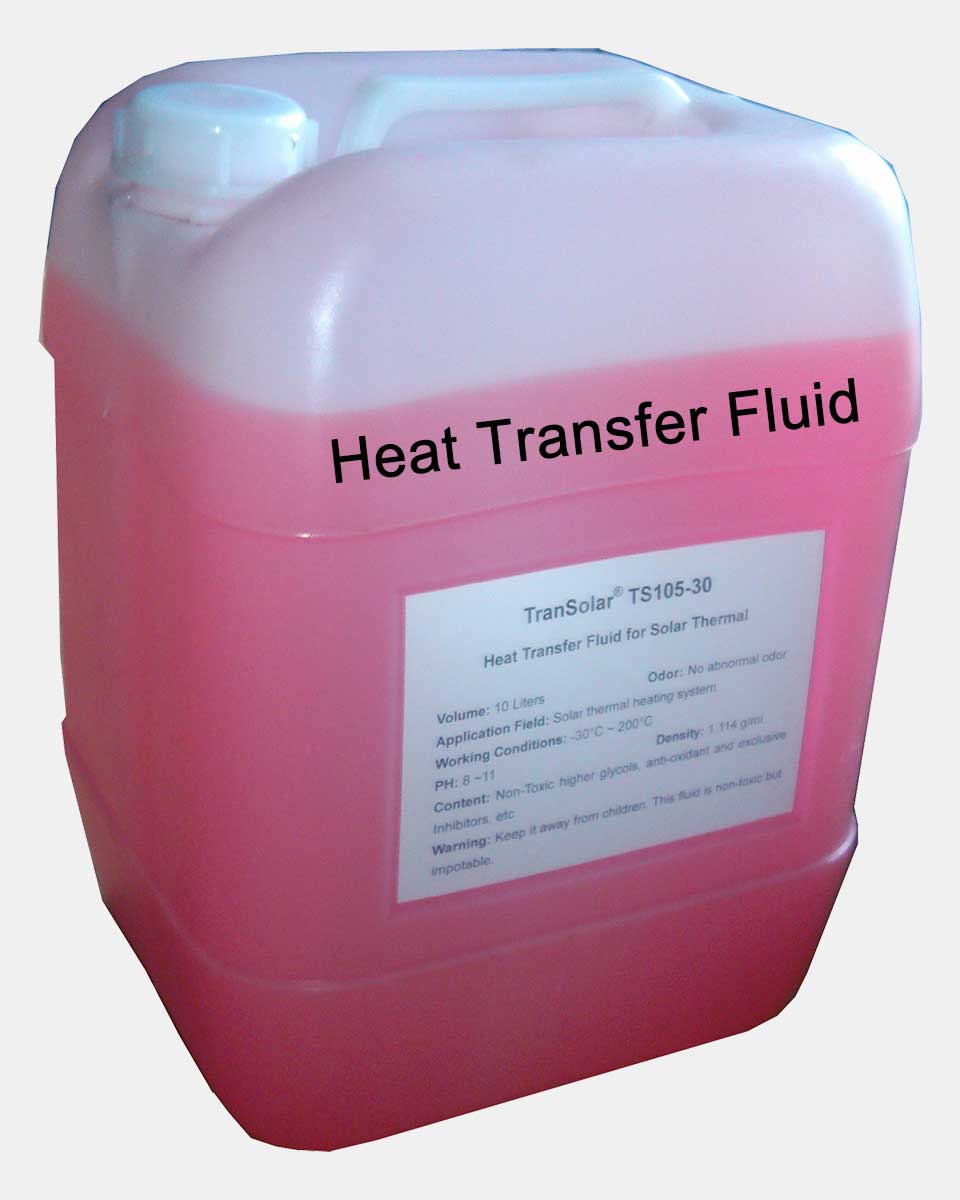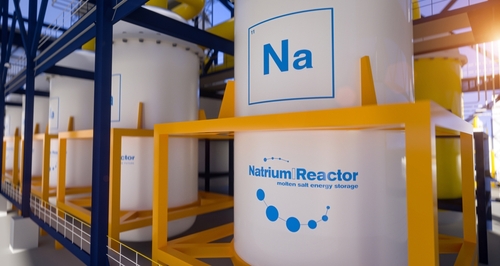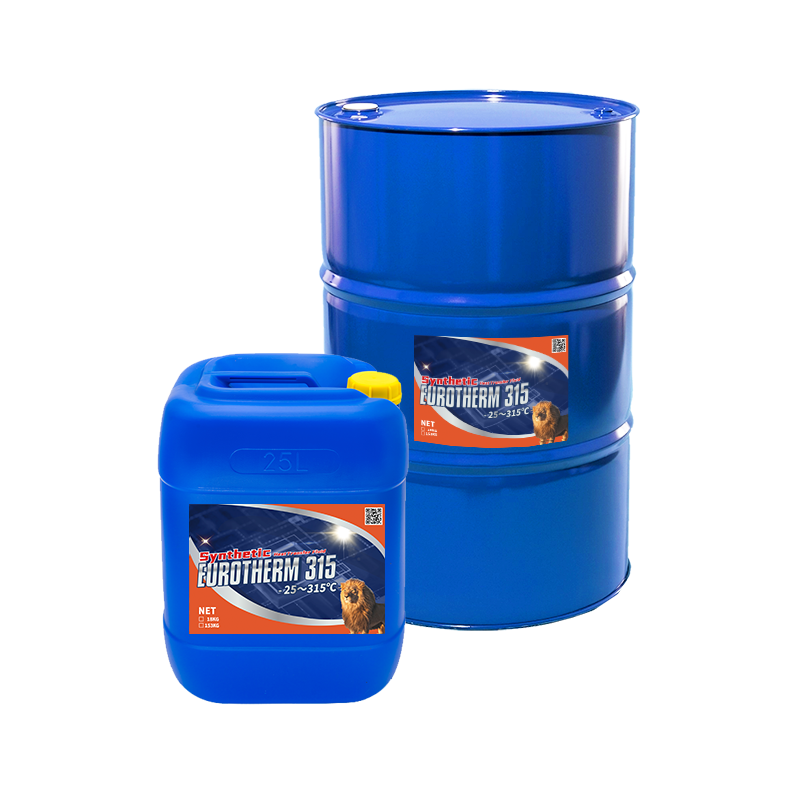Exploring Dielectric Cooling Fluid: Essential Properties and Benefits in Electronic Equipment
Wiki Article
Heat Transfer Fluid 101: What You Need to Know for Reliable Performance
Heat transfer fluids play a vital duty in maintaining efficiency and reliability within numerous commercial systems, yet their choice and management are frequently ignored. As we discover the fundamental aspects of warmth transfer liquids, it ends up being clear that the ramifications for system effectiveness and tools longevity warrant careful consideration.Significance of Heat Transfer Fluids
Heat transfer fluids play a crucial function in different industrial processes by helping with the effective transfer of thermal power. These fluids are crucial in applications such as cooling, temperature level, and heating policy, where preserving precise thermal problems is essential for functional efficiency and safety and security. By improving the thermal conductivity and stability of systems, warm transfer liquids add substantially to power cost savings and process optimization.The option of suitable warm transfer fluids can directly impact the efficiency and dependability of tools (heat transfer fluid). In power generation and manufacturing, these fluids help in heat recovery, enhancing overall system effectiveness. Additionally, heat transfer fluids assist to avoid overheating and thermal destruction of equipment, therefore extending the life-span of devices and minimizing downtime
Additionally, the option of warm transfer liquid influences ecological sustainability, as some liquids are designed to be extra eco pleasant than traditional choices. This shift towards lasting options lines up with global efforts to decrease carbon footprints and advertise greener commercial methods.
Types of Heat Transfer Fluids
Selecting the ideal sort of heat transfer fluid is important for optimizing thermal monitoring in various applications. Heat transfer fluids can be generally classified into several types, each fit for specific operational problems and demands.
One more group consists of cooling agents, which are developed for cooling applications. These liquids run effectively at low temperature levels and stress, making them ideal for refrigeration and a/c systems. Glycol-based fluids are likewise prominent, especially in systems where cold is a worry, as they offer antifreeze buildings while keeping reasonable heat transfer capabilities.
In industrial applications, molten salts are used for their high thermal capacity and ability to run at elevated temperature levels, making them suitable for solar thermal power systems. Ultimately, the option of warm transfer liquid have to align with the details thermal needs, operating problems, and preferred system effectiveness.
Secret Quality to Think About

When picking a warm transfer liquid, understanding the essential properties that affect efficiency is crucial. Numerous factors must be evaluated to make sure optimal performance and long life in the application's functional atmosphere.
First of all, thermal conductivity is essential, as it establishes the liquid's capacity to transfer heat. Greater thermal conductivity normally causes boosted warm transfer efficiency. The particular warmth ability indicates just how much energy a liquid can save per unit mass, affecting its capability to soak up and release warmth.
Thickness is another vital home, as it influences the liquid's circulation attributes and, as a result, the system's performance. Reduced thickness at operating temperatures is desirable for lowered pumping energy and enhanced circulation. Additionally, the fluid's temperature stability and boiling point are critical; a higher boiling factor is necessary for high-temperature applications to stop evaporation.
Last but not least, chemical security and compatibility with system products are vital to stay clear of deterioration and keep system stability with time. Comprehending these vital properties makes it possible for designers and drivers to choose the most appropriate heat transfer liquid for their details applications, guaranteeing effective and reputable performance.
Ideal Practices for Usage
In order to make best use of the performance and long life of a warm transfer liquid system, adhering to finest methods for usage is vital - thermal oil. Initially, it is important to pick the proper heat transfer liquid based on the system's functional temperature level range and details application needs. On a regular basis monitoring the liquid's residential properties, such as thickness, thermal conductivity, and pH degrees, makes certain optimum efficiency and silicone oil can stop expensive failuresProper system style is also vital; ensuring that elements work with the picked liquid minimizes the risk of degradation. Preserve a reliable purification system to eliminate particulates and pollutants that can hinder warmth transfer effectiveness. Keeping the liquid at suggested fill levels minimizes the danger of overheating and cavitation.
Routine upkeep needs to consist of inspecting for leaks and changing the fluid as required, as thermal deterioration can occur gradually. Additionally, training personnel on secure handling and operation decreases risks related to warm transfer liquids. Ultimately, developing a detailed record-keeping system to track liquid use and maintenance activities boosts system integrity and efficiency. By applying these finest techniques, drivers can make sure dependable and effective warm transfer fluid operations.
Troubleshooting Common Issues
Although warmth transfer fluid systems are made for performance, drivers may come across different problems that can impact efficiency. Usual troubles include liquid degradation, leaks, and inappropriate liquid levels.Liquid degradation frequently takes place as a result of thermal break down or oxidation, leading to the formation of sludge and varnish that can block systems. Frequently monitoring liquid problem and adhering to supplier guidelines for replacement can reduce this concern.
Leakage is an additional constant issue, which can occur from used seals, damaged pipelines, or loose fittings. It is crucial to conduct regular examinations and upkeep to identify and rectify leaks promptly, protecting against fluid loss and system inefficiency.
Inappropriate fluid degrees can result from evaporation or leakages, causing lowered heat transfer effectiveness. Operators must routinely check fluid degrees and make certain that the system is sufficiently loaded to maintain ideal performance.
Additionally, temperature level fluctuations can show circulation issues or pump failings. Tracking system temperature levels and pressure can help identify these troubles early, facilitating prompt treatments.
Final Thought


To conclude, the selection and maintenance of heat transfer liquids are vital for ensuring trusted efficiency in various commercial applications. Understanding the value, kinds, and vital buildings of these fluids, alongside implementing best methods, can considerably improve thermal effectiveness and prolong equipment life expectancy. In addition, proactive troubleshooting of typical problems adds to ideal system capability. By adhering to these principles, drivers can achieve better functional reliability and effectiveness in thermal energy transfer processes.
Warmth transfer liquids play a critical function in preserving effectiveness and integrity within numerous industrial systems, yet their choice and administration are frequently overlooked.Warmth transfer fluids play an important role in numerous commercial procedures by assisting in the effective transfer of thermal power. By improving the thermal conductivity and security of systems, heat transfer fluids add dramatically to power cost savings and process optimization.
Water is the most common heat transfer liquid, preferred for its high heat capacity and cost-effectiveness. The certain warm capacity indicates exactly how much energy a liquid can store per unit mass, affecting its capability to absorb and launch warmth.
Report this wiki page